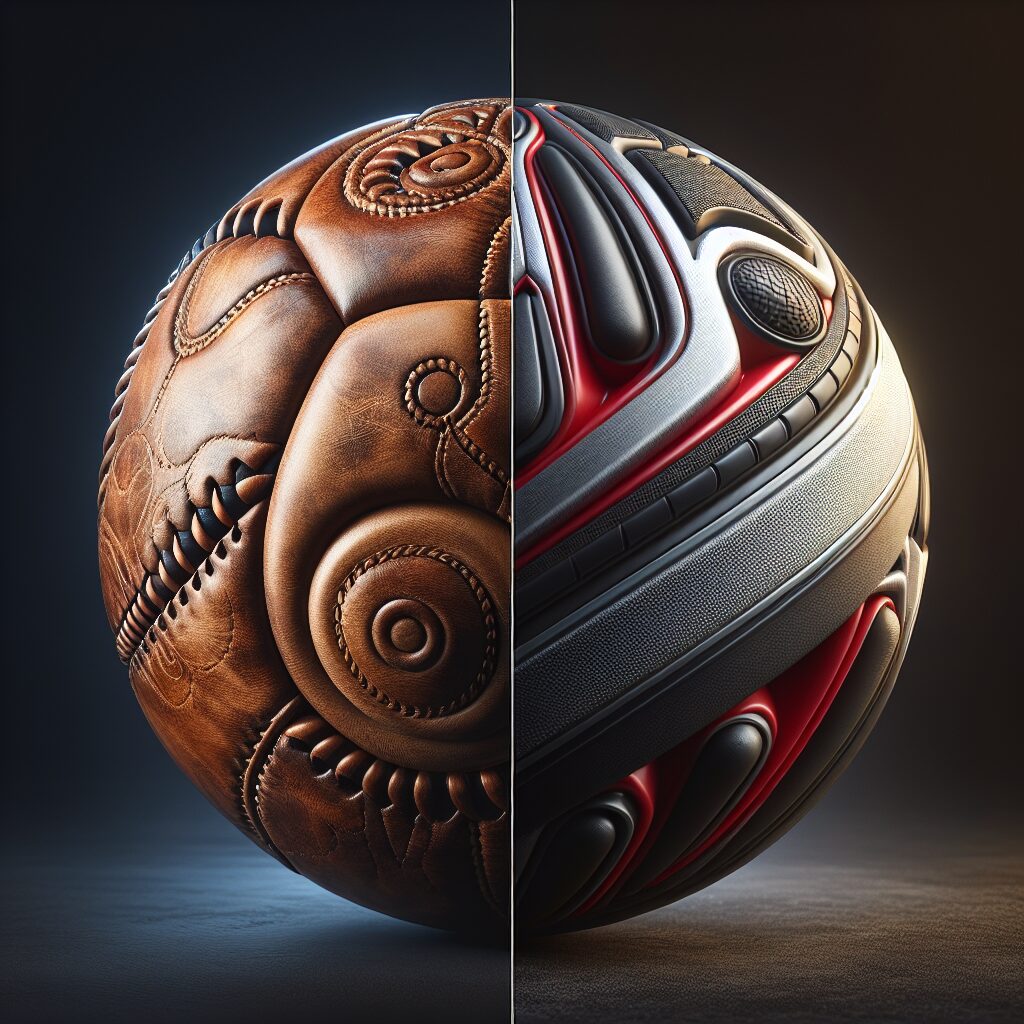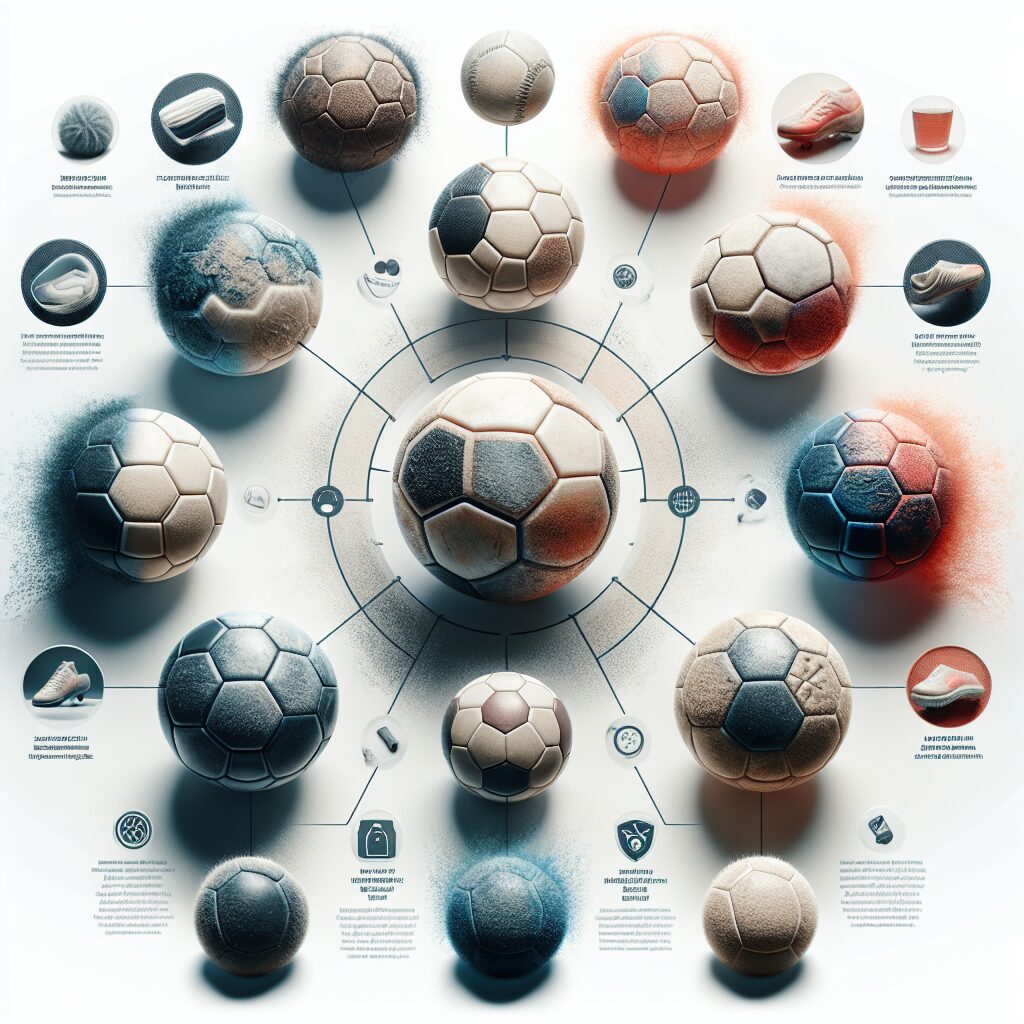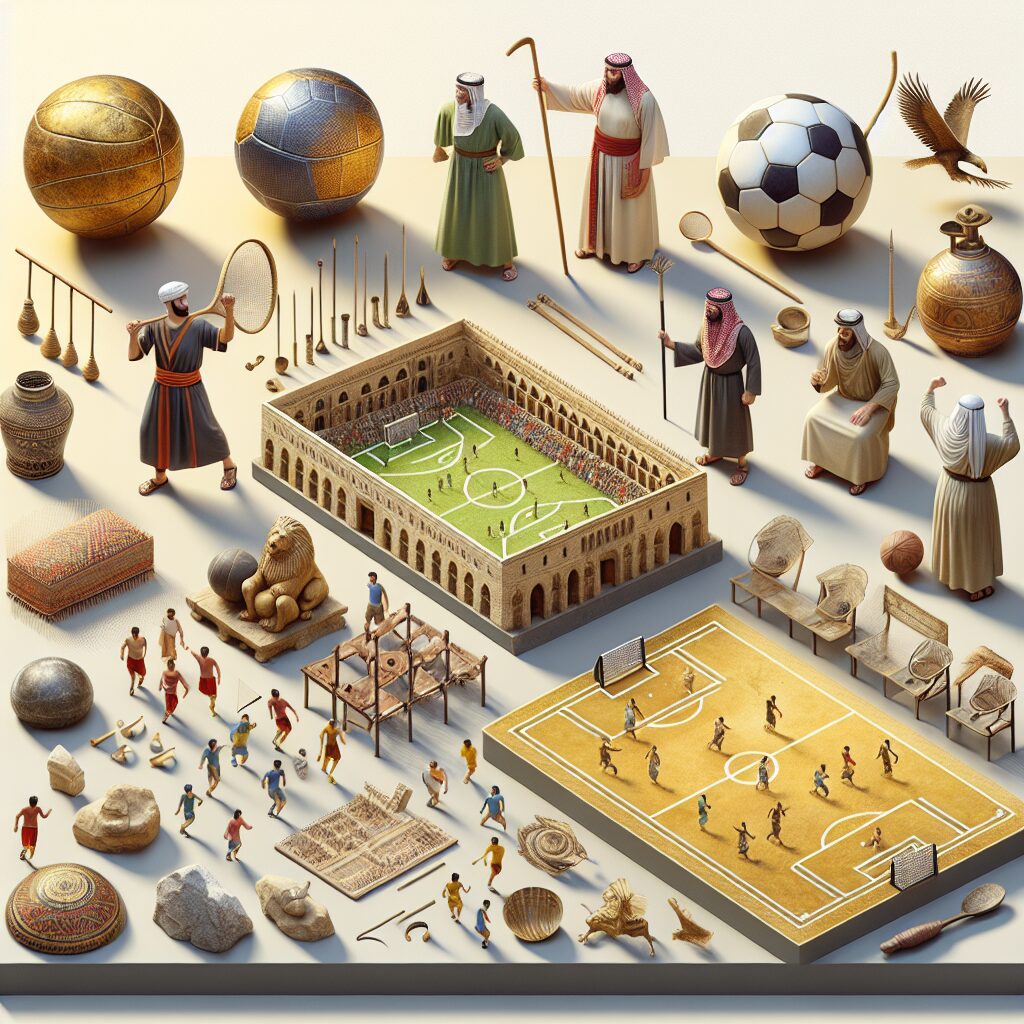The debate between classic and modern ball design has been a topic of discussion for many years. This ongoing debate revolves around the differences in design and features that these two types of balls offer. Classic balls, known for their traditional construction and materials, are often favored for their nostalgic appeal and timeless look. On the other hand, modern balls are praised for their advanced technology and innovative features that enhance performance on the field. The impact of these design choices goes beyond mere aesthetics, as they can significantly affect the game of sports like soccer, basketball, and tennis.
When it comes to classic ball design, the materials and construction methods used are rooted in tradition. These balls are typically made of genuine leather or synthetic materials that mimic the feel and durability of leather. The classic design emphasizes craftsmanship and often features hand-stitched panels, giving the ball a unique and distinctive appearance. These balls are known for their ability to retain their shape even after extensive use, ensuring consistent performance on the field. Furthermore, the classic design offers players a sense of nostalgia and a connection to the roots of the sport.
In contrast, modern ball design has embraced technological advancements to enhance performance and address specific needs of athletes. These balls often incorporate synthetic materials that offer improved durability, water resistance, and enhanced flight characteristics. Advanced panel construction techniques, such as thermally bonded or machine stitched panels, ensure consistency and precision in the ball’s shape and flight. Additionally, modern balls may feature specialized designs and textures to optimize grip and control, providing players with an edge during gameplay.
As we delve deeper into the topic, we will discuss the key takeaways of this ongoing debate. We will explore how classic and modern ball designs impact various sports and the preferences of players and enthusiasts. By analyzing the unique features, advantages, and limitations of both types of ball design, we aim to provide a comprehensive understanding of their significance in the world of sports. So, without further ado, let’s explore the intricacies of the classic vs. modern ball design debate.
Key Takeaways
1. The debate between classic and modern ball design in sports has been ongoing for decades, with proponents arguing the importance of tradition and others emphasizing the need for innovation.
2. Classic ball designs, such as the stitched leather basketball, have a nostalgic appeal and are associated with a sense of history and authenticity.
3. Modern ball designs, on the other hand, have been developed with advanced materials and technology to improve performance and consistency in various sports like soccer and golf.
4. While classic balls may offer a sense of familiarity and tradition, modern designs aim to enhance athlete performance, durability, and overall game experience.
5. Ultimately, the choice between classic and modern ball designs depends on personal preference, the specific sport being played, and the desired balance between tradition and innovation.
Which is better: Classic or Modern? The Ongoing Debate in Ball Design
The History and Evolution of Ball Design
Ball design has witnessed a fascinating evolution over the years. Traditional balls, also known as classic balls, have been in use for centuries. These balls were made from natural materials such as leather, animal bladders, and even stitched fabrics. On the other hand, modern balls are crafted using advanced synthetic materials like polyurethane and rubber. Understanding the history and development of ball design is crucial in assessing the ongoing debate between classic and modern designs.
Advantages and Disadvantages of Classic Ball Design
Classic ball design holds a certain charm and nostalgia, particularly in traditional sports like football and basketball. Classic balls often provide a unique feel and touch, enhancing players’ skills and precision. However, they also come with some drawbacks. Traditional balls tend to have less durability compared to modern ones, making them more susceptible to wear and tear. Additionally, classic balls may lack the technological advancements that modern balls offer, such as aerodynamic features and improved grip.
The Rise of Modern Ball Design
Modern ball design has revolutionized the sporting world, introducing innovative features and materials. Improved manufacturing techniques and advancements in materials science have made modern balls highly durable and reliable. These balls are designed to enhance performance, offering better accuracy, control, and distance. Moreover, modern ball design incorporates specific attributes to meet the requirements of different sports, ensuring optimal functionality under various playing conditions.
Comparing Performance: Classic vs. Modern
The ongoing debate revolves around the performance aspects of classic and modern ball designs. Classic balls may have an advantage in terms of touch and feel, as they are often preferred by players who value tradition and the unique characteristics they offer. However, when it comes to speed, accuracy, and consistency, modern balls tend to outshine their classic counterparts. The ability to engineer modern balls with precise aerodynamics and surface textures allows for improved control and reduced drag, leading to enhanced performance across different sports.
The Influence of Personal Preference
Ultimately, the choice between classic and modern ball design often boils down to personal preference. Some players may favor the nostalgic feel and authenticity provided by classic balls while others prioritize the cutting-edge technology and performance of modern balls. It is important to recognize that different sports, playing styles, and individual preferences may significantly impact the decision-making process.
Numbered Guides and Tips: Which Ball Design Should You Choose?
- Consider the sport: Each sport has different requirements, and understanding the specific demands of the game will help guide your decision.
- Evaluate your playing style: Assess your personal playing style, including factors like technique, position, and desired performance attributes.
- Experiment with both: Try out different classic and modern balls to identify which design feels most comfortable and enhances your performance.
- Seek expert advice: Consult coaches, trainers, and experienced players who can provide valuable insights based on their knowledge and expertise.
- Consider the playing conditions: Take into account the surface, weather, and environmental conditions that you typically play in, as these factors can influence ball performance.
Frequently Asked Questions
1. What is the difference between classic and modern ball designs?
The main difference lies in their construction and materials used. Classic ball designs are typically made of leather and have a traditional 32-panel stitched construction, while modern balls are often made from synthetic materials like PVC or PU and have fewer panels with a thermally bonded or glued construction.
2. Which type of ball provides better performance?
The answer depends on personal preference and the intended use. Classic balls are known for their natural feel and responsiveness, which make them favored by purists and professional players. On the other hand, modern balls often offer improved durability, consistency, and aerodynamics, making them suitable for high-level competitions and longer-lasting use.
3. Are classic balls more suitable for specific playing styles?
While classic balls are often associated with traditional playing styles due to their characteristics, the choice ultimately comes down to the preferences of individual players. Some may find that the natural feel and touch of a classic ball better complement their playing techniques, while others may adapt easily to the modern ball’s properties.
4. Are modern balls more resistant to wear and tear compared to classic balls?
Generally, yes. The advancements in materials and manufacturing techniques have allowed modern balls to exhibit better durability and resistance to wear. However, the level of durability may also depend on the specific brand, model, and quality of the ball.
5. Is there a significant difference in cost between classic and modern balls?
There can be a difference in cost between classic and modern balls. Classic balls, being made of premium leather and constructed using traditional methods, are often priced higher. On the other hand, modern balls, particularly those made of synthetic materials, are relatively more affordable due to their mass production capabilities.
6. What impact does ball design have on ball control?
Both classic and modern ball designs can offer good ball control, but they may provide different sensations to players. Classic balls tend to provide excellent grip and a more natural touch, which some players may prefer. Modern balls, due to their smooth surfaces and aerodynamic properties, can potentially provide improved accuracy and stability during gameplay.
7. Are classic balls more suitable for recreational play?
Classic balls are often preferred by recreational players who value their nostalgic feel, authenticity, and traditional aspects of the game. However, modern balls can also be used for recreational play, as they offer various benefits such as improved durability, water resistance, and consistent performance.
8. Which type of ball is more commonly used in professional soccer?
Both classic and modern balls are used in professional soccer, depending on the league or tournament regulations and sponsorship agreements. However, it is worth mentioning that many professional leagues have adopted modern ball designs due to their standardized specifications, increased durability, and greater consistency during matches.
9. Can classic and modern ball designs be used interchangeably?
Yes, classic and modern ball designs can be used interchangeably in most cases. However, players may need some time to adjust to the differences in feel and performance. It is recommended to practice with both types of balls to enhance versatility and adaptability on the field.
10. Does ball design affect the game’s overall experience?
Undoubtedly, ball design plays a crucial role in shaping the overall experience of the game. Whether it is the authenticity and elegance associated with classic balls or the reliability and performance offered by modern balls, the choice of ball design can significantly influence the enjoyment and satisfaction derived from playing soccer.
Final Thoughts on Classic vs. Modern: The Ongoing Debate in Ball Design
The ongoing debate between classic and modern ball designs showcases the everlasting clash between tradition and innovation. While classic balls evoke a sense of nostalgia and heritage, modern balls push the boundaries of technology to enhance performance and durability.
Ultimately, the choice between classic and modern ball designs depends on individual preferences, playing styles, and the context in which the ball will be used. While some players may appreciate the traditional aspects of the game and the natural feel of a classic ball, others may opt for the reliability and advancements offered by modern ball designs. Both types have their merits, and the ongoing debate serves as a testament to the continuous evolution of the beautiful game.




